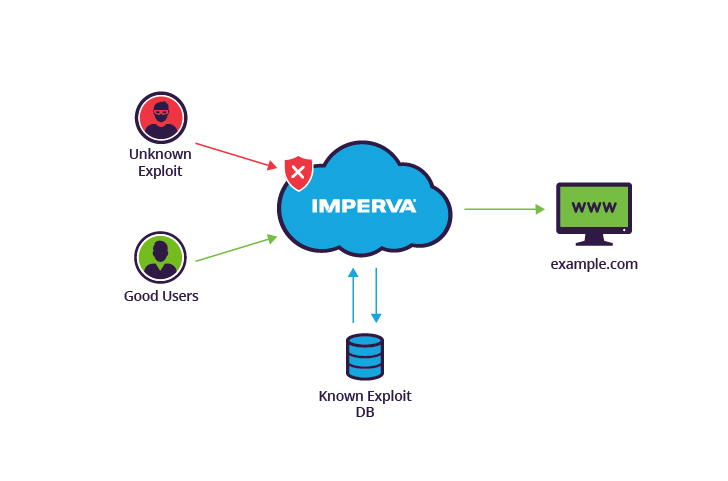Featured
Table of Contents

t1b: A make use of becomes energetic. t2: A lot of susceptible systems have applied the spot. Hence the formula for the length of the home window of vulnerability is: t2 t1b. In this formula, it is always real that t0 t1a, and t0 t1b. Keep in mind that t0 is not the exact same as day no.
For regular vulnerabilities, t1b > t1a. This indicates that the software vendor understood the vulnerability and had time to publish a security spot (t1a) before any type of hacker can craft a practical exploit (t1b). For zero-day exploits, t1b t1a, such that the exploit comes to be active prior to a spot is provided.
It has been suggested that a remedy of this kind might run out reach since it is algorithmically difficult in the general instance to examine any arbitrary code to determine if it is destructive: as such an evaluation lowers to the stopping trouble over a linear bounded robot, which is unresolvable.
Fascination About Security Consultants
The majority of modern-day anti-viruses software application still utilizes signatures but additionally performs various other kinds of analysis. [] In code evaluation, the machine code of the documents is analysed to see if there is anything that looks questionable. Usually, malware has particular behaviour; code analysis tries to find if this is present in the code.

It is not constantly very easy to establish what an area of code is planned to do, specifically if it is really complex and has actually been deliberately created with the purpose of defeating evaluation. Another limitation of code analysis is the time and sources offered. In the affordable world of anti-virus software, there is constantly an equilibrium between the performance of analysis and the time delay included.
This can be orders of magnitude quicker than assessing the very same code, but must resist (and identify) efforts by the code to identify the sandbox. Generic signatures are trademarks that specify to specific behaviour rather than a particular item of malware. Many new malware is not absolutely unique, yet is a variation on earlier malware, or consists of code from one or more earlier examples of malware.
The Security Consultants Statements
Hosted in a secure and robust cloud environment, Our cutting edge, scalable remedies are made to accelerate innovation and assistance monetary institutions supply the experiences users require now and in the future. We provide public and exclusive crossbreed cloud holding solutions, with releases both in our own fully redundant and highly offered information centers based in the United States, also on the AWS public cloud, running 24-hour a day, 365 days a year, under the most extensive high quality and security standards.
The cash conversion cycle (CCC), likewise called the net operating cycle or cash cycle, is a statistics that shares, in days, how much time it takes a company to convert the money invested on stock back into cash from offering its product and services. The shorter the cash money cycle, the far better, as it suggests less time that cash is bound in balance dues or supply.
This statistics takes into consideration just how much time the company needs to offer its inventory, just how much time it requires to gather receivables, and just how much time it has to pay its costs. The CCC is just one of a number of measurable steps that aid evaluate the efficiency of a business's operations and administration.
The Ultimate Guide To Security Consultants
One should remember that CCC uses just to pick industries depending on inventory management and associated operations. The cash money conversion cycle (CCC) is a metric that shares the size of time (in days) that it takes for a firm to transform its financial investments in supply and other resources right into capital from sales.
g., year = 365 days, quarter = 90) The initial stage concentrates on the existing inventory level and represents how much time it will certainly consider business to sell its stock. This number is computed by utilizing the days stock superior (DIO). A lower worth of DIO is chosen, as it shows that the firm is making sales quickly, implying better turn over for business.

Stock=21(BI+EI)BI=Starting supply, EI=Ending inventory The second phase focuses on the current sales and represents how much time it takes to accumulate the cash created from the sales. This figure is calculated by utilizing the days sales superior (DSO), which separates average accounts receivable by earnings daily. A reduced worth is chosen for DSO, which shows that the business has the ability to gather resources quickly, subsequently enhancing its cash money setting.
Rumored Buzz on Security Consultants
Accounts Receivable=21(BAR+EAR)BAR=Start AREAR=Closing AR The 3rd stage concentrates on the present superior payable for business. It takes into account the amount of cash that the business owes its existing vendors for the inventory and products it purchases, and it stands for the duration in which the company have to repay those commitments.
Increasing sales of supply commercial is the primary way for a business to make more revenues. But exactly how does one sell a lot more things? If cash money is easily available at regular periods, then one can produce more sales commercial, as regular accessibility of resources leads to more items to make and market.
Cash isn't a factor up until the company pays the accounts payable and collects the accounts receivable. CCC traces the life cycle of money used for service task.
Fascination About Banking Security
CCC may not provide purposeful inferences as a stand-alone number for a provided duration. Analysts utilize it to track a business over numerous time periods and to contrast the company to its rivals. Tracking a business's CCC over several quarters will show if it is boosting, preserving, or aggravating its functional effectiveness.
Latest Posts
Do-it-yourself Plumbing Can Be Fun For Anyone
Facts About Diy Plumbing Uncovered
The 7-Minute Rule for Diy Plumbing